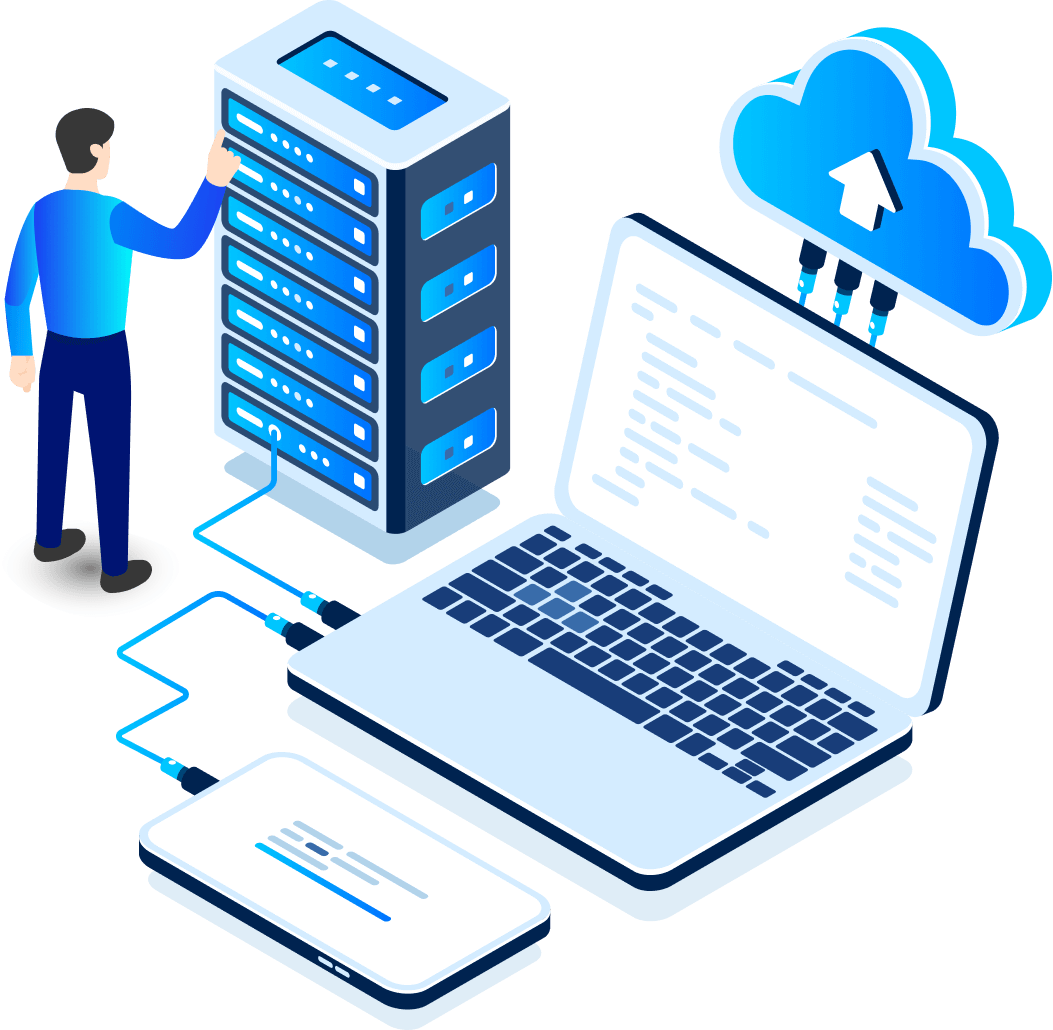
Failing to bypass captcha during web scraping can lead to issues. Some of them can be delays, incomplete data extraction, and wasted resources. Since these website obstacles are frustrating and costly, you need to know how to avoid them.
In this article, we explore CAPTCHAs, how they function, and what activates them. Keep reading to discover ways to bypass these challenges and keep your projects running smoothly.
What are CAPTCHAS?
CAPTCHAs are a security measure implemented on web pages to distinguish human users from automated bots. They present a challenge that is easy for humans to solve. But, for computers and bots, it is difficult to interpret.
The main purpose of CAPTCHAs is to prevent automated spam and bot attacks. They work by protecting websites from unauthorized access.
So, they are a challenge for web scraping.
Types of CAPTCHA
There are several common types of CAPTCHA:
- Text-based CAPTCHA: displays a distorted text that users must decipher and write.
- Image-based CAPTCHA: requires users to identify or select specific images. For example, selecting all images containing a certain object.
- Audio CAPTCHA: Plays an audio clip that users must transcribe. It’s an alternative for visually impaired users.
- Math Problems: Presents simple math operations for users to solve.
- reCAPTCHA: Google’s advanced CAPTCHA system. It’s a simple box users have to check. Uses behavioral analysis to determine if the user is human.
How CAPTCHA works
CAPTCHA systems work following a process. When the user enters the site, it will pop up a challenge. The user has to complete the challenge and then, the system verifies the response.
If correct, the user can continue. But, if there’s a mistake, a new challenge will pop up.
But, traditional CAPTCHAs and advanced systems like reCAPTCHA work differently.
For traditional CAPTCHAs, there are distorted forms of letters and numbers. These characters may be stretched, broken, or presented in any other way that makes it challenging to solve. It uses random strings of letters and numbers to prevent repetition.
While reCAPTCHA works analyzing user behavior patterns. These include cursor movements and device history. A human would behave somewhat randomly, not using straight lines. Unlike a bot.
Also, this system assigns risk scores to determine the likelihood of the user being human or bot.
How CAPTCHAs negatively affect web scrapers
CAPTCHAs are designed to prevent automated bots from accessing and interacting with websites. Thus, they significantly hinder web scraping efforts in several ways.
For humans, it may be easy to solve (kind of), but for machines it’s complicated to understand. So, when a web scraper encounters a CAPTCHA, it cannot solve it automatically. This can bring the scraper process to a halt.
And even if the scraper manages to access the site, it can encounter ongoing CAPTCHA tests. These could potentially block further activity.
Moreover, the increasing complexity of CAPTCHAs over time is also an issue. This is because you would need more sophisticated and costly solutions for scraping to bypass them.
So, solving CAPTCHAs requires human intervention or specialized services like a web scraping captcha solver. All which can consume significant resources, both time and money. Ending up in a scraping process that is less efficient and more expensive.
What triggers a CAPTCHA?
- Unusual patterns or a sudden spike in traffic from a particular IP address (or a range of IP addresses).
- Many failed login attempts.
- Suspicious behavior during the registration process.
- Rapid form submissions.
- Repetitive clicking.
- Submitting large amounts of data in a short period.
- No browsing history before the attempt.
- Anomalies in the loading sequence or behavior of website resources like scripts, CSS files, or other assets.
How to bypass CAPTCHA while web scraping
Since solving CAPTCHAs is not an easy task, then it’s best to learn how to avoid captcha when scraping. You can raise your trust score and bypass CAPTCHAS by implementing any of the following strategies:
1. Rotate IPs and User Agents
When a website detects many requests from the same IP address, it will often trigger a CAPTCHA. To avoid this, you use a rotating proxy server to change your IP address for each request.
Similarly, you can also rotate User Agents to prevent triggering CAPTCHAs. The User Agent is a string used to identify the browser that is requesting the content.
2. Use CAPTCHA solver services
You can integrate CAPTCHA-solving services like 2captcha.com, anti-captcha.com, and capsolver.com to your workflow.
These services send the CAPTCHA challenge to human workers or sophisticated algorithms to solve them.
Yet, this approach can be less efficient and costlier.
3. Cooldown logic and mimic human behavior
Cooldown logic refers to delays between requests to stimulate human browsing patterns. This will prevent the site from flagging you as a bot because of rapid requests.
There are some tools that can help you mimic human behavior. With headless browsers like Puppeteer or Selenium, you can automate actions like natural mouse movements, clicks, and scrolling.
This can help you bypass CAPTCHAs that rely on detecting unnatural patterns of interaction.
4. Use advanced web scraping APIs
Using a web scraping API like Scraping Robot can help you achieve a seamless experience. This tool has a specialized focus on handling CAPTCHA challenges and proxy rotation. Thus, it helps you scrape without worrying about triggering CAPTCHAs.
A honeypot is a trap websites use to detect bots. They have hidden elements or fields that are invisible by users. For instance, it could be hidden links or buttons.
If the web scraper interacts with it, then the site can trigger CAPTCHAs and flag the IP as suspicious.
How can you avoid these traps? You need to interact with the site as a real browser would.
6. Use Machine Learning and OCR
Training models with frameworks like TensorFlow or PyTorch can help in recognizing and solving CAPTCHA patterns automatically.
OCR can sometimes work solving text-based CAPTCHAS. Still, it’s not always effective due to CAPTCHA complexity.
7. Maintain a low profile
Ensure that your scraper’s behavior closely resembles that of a real browser. This includes managing cookies, using appropriate TLS fingerprinting, and running JavaScript.
Moreover, limit the number of requests per IP, and don’t scrap too quickly. Make organic timeouts to prevent triggering CAPTCHA challenges.
Here’s how we can help
Learning how to bypass captcha while scraping isn’t that simple. Fortunately, Proxy Compass offers robust solutions that could help you avoid CAPTCHAS during your scraping process.
Having a wide variety, and rotating your IP addresses will make it difficult for websites to detect and block you. It also reduces the likelihood of triggering CAPTCHA challenges.
Get a free trial today and enjoy a better web scraping experience. Stop relying on a single IP.





